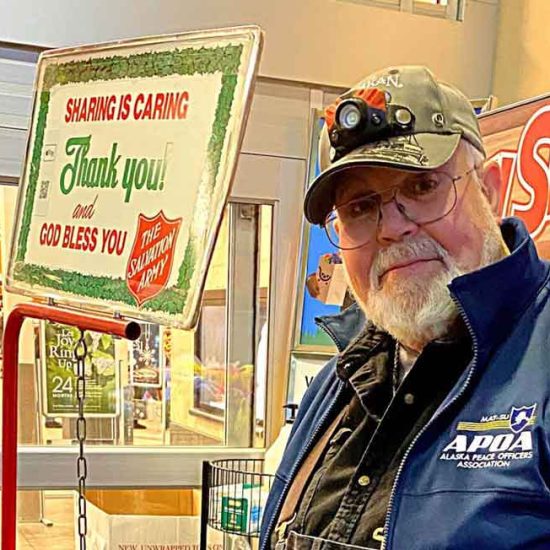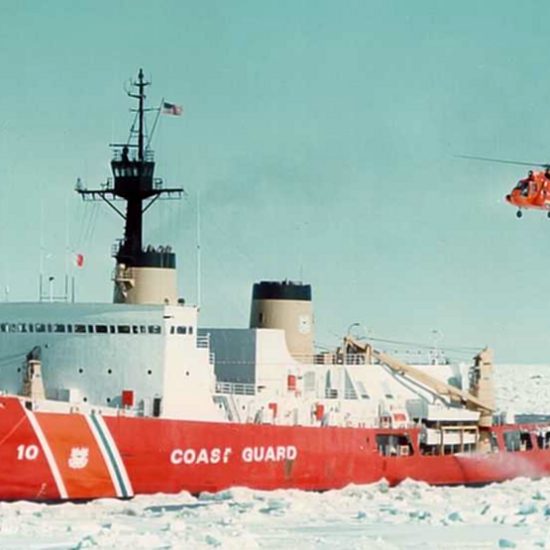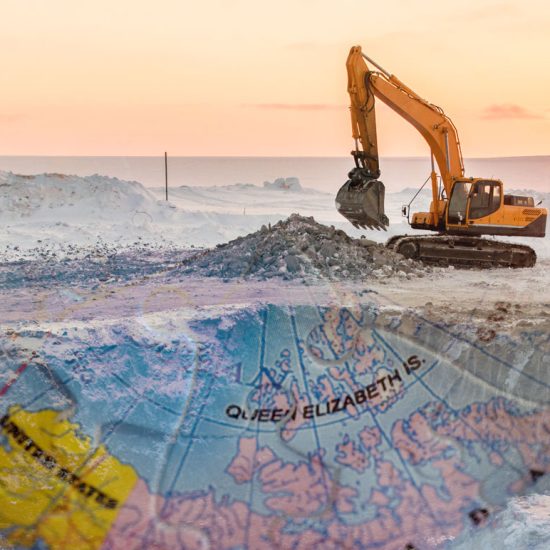During this year’s festivities with ADF&G’s excessive use of back to back to back emergency orders favoring the Cook Inlet commercial drift fleet over all other users, I was pointed to 5 AAC 21.360. Kenai River Late-Run Sockeye Salmon Management Plan. I have included it in its entirety at the end of this piece.
It is amazing reading and more importantly needs to be changed. How so?
For instance, it starts off in Section (a) stating “The department shall manage the Kenai River late-run sockeye stocks primarily for commercial uses based on abundance.”
This needs to change, as it has the 1,200 drift fleet permit holders controlling the take of millions of fish, stomping all over the interests of tens of thousands of dip net / personal use / subsistence and several hundreds of thousands of sport fish users. This verbiage needs to change so that the interests of all users are equally balanced.
Sections (b) (1), (c) (1), (c) (2) and (c) (3) establish in-river fish numbers based on forecast run strengths. The in-river fish numbers are based on sonar counts 19 miles upriver. But there is a problem, as the sonar system this regulation was based on was replaced three years ago with one that is 40% more accurate. In other words, the new, more accurate system is counting 40% more fish upriver. The basic user sees 40% fewer fish in the river than they did before the new system was deployed.
Solution is relatively easy, as ADF&G needs to modify the in river goals upward by 40%.
- (b) (1) Optimum escapement goal currently at 700,000 – 1,400,000 fish should become 980,000 – 1,960,000 fish
- (c) (1) Run strength goal at less than 2,300,000 reds in the river currently set at 900,000 – 1,100,000 fish should be increased to 1,260,000 – 1,540,000 fish
- (c) (2) Run strength goal with an estimated run between 2,300,000 – 4,600,000 reds currently set at 1,000,000 – 1,200,000 fish should be increased to 1,400,000 – 1,680,000 fish
- (c) (3) Run strength over 4,600,000 fish currently set at 1,100,000 – 1,350,000 fish needs to increase to 1,540,000 – 1,890,000 fish
For the last three years, fishermen the length of the Kenai system have complained about fewer fish in the river. They are correct, there are 40% fewer fish in the river. The argument we will hear from both ADF&G and the commercial fleet and setnetters will be overescapement, too many fish in the system. Yet the entire system was managed for decades for 40% more fish in the river and the resource did quite well, that is until the new sonar system was installed giving managers an excuse to limit fish in the nets of people who are not commercial fishermen.
This is the biggest change I would make to the management plan. There are many others, among them are the following:
- Prohibit any commercial opening or combination of commercial opening with emergency opening from having nets in the water longer than 12 hours out of any 24-hour period of time. This will ensure sufficient fish get into the river for the other user groups.
- Remove the ability of the Commissioner to depart from the management plan so we will not see the abuse of the resource demonstrated by Commissioner Sam Cotton the first two weeks this August.
- Finally, the regulation needs to change so that the commercial catch of coho and chum is minimized. Every single one of these caught by the drift fleet is a fish that a sport fisherman (or woman) in upper Cook Inlet, Anchorage, Turnagain Arm, the MatSu does not put in their freezer. This year’s coho catch was nearly 128,000 coho and 125,000 chum. http://www.adfg.alaska.gov/index.cfm?adfg=commercialbyareauci.salmon_harvest
These changes will go a long way to more equitably sharing the resource. They need to be made. Sooner would be better than later. This is not the final word in the discussion. Rather, it is a start.
==============================================================================
5 AAC 21.360. Kenai River Late-Run Sockeye Salmon Management Plan
(a) The department shall manage the Kenai River late-run sockeye salmon stocks primarily for commercial uses based on abundance. The department shall also manage the commercial fisheries to minimize the harvest of Northern District coho, late-run Kenai River king, and Kenai River coho salmon stocks to provide personal use, sport, and guided sport fishermen with a reasonable opportunity to harvest salmon resources.
(b) The Kenai River late-run sockeye salmon commercial, sport, and personal use fisheries shall be managed to
(1) meet an optimum escapement goal (OEG) range of 700,000 – 1,400,000 late-run sockeye salmon;
(2) achieve inriver goals as established by the board and measured at the Kenai River sonar counter located at river mile 19; and
(3) distribute the escapement of sockeye salmon evenly within the OEG range, in proportion to the size of the run.
(c) Based on preseason forecasts and inseason evaluations of the total Kenai River late-run sockeye salmon return during the fishing season, the run will be managed as follows:
(1) at run strengths of less than 2,300,000 sockeye salmon,
(A) the department shall manage for an inriver goal range of 900,000 – 1,100,000 sockeye salmon past the sonar counter at river mile 19; and
(B) subject to the provisions of other management plans, the Upper Subdistrict set gillnet fishery will fish regular weekly fishing periods, as specified in 5 AAC 21.320, through July 20, unless the department determines that the minimum inriver goal will not be met, at which time the fishery shall be closed or restricted as necessary; the commissioner may, by emergency order, allow extra fishing periods of no more than 24 hours per week, except as provided in 5 AAC 21.365;
(2) at run strengths of 2,300,000 – 4,600,000 sockeye salmon,
(A) the department shall manage for an inriver goal range of 1,000,000 – 1,200,000 sockeye salmon past the sonar counter at river mile 19;
(B) subject to the provisions of other management plans, the Upper Subdistrict set gillnet fishery will fish regular weekly fishing periods, as specified in 5 AAC 21.320, through July 20, or until the department makes a determination of run strength, whichever occurs first; if the department determines that the minimum inriver goal will not be met, the fishery shall be closed or restricted as necessary; the commissioner may, by emergency order, allow extra fishing periods of no more than 51 hours per week, except as provided in 5 AAC 21.365; and
(C) the Upper Subdistrict set gillnet fishery will be closed for one continuous 36-hour period per week beginning between 7:00 p.m. Thursday and 7:00 a.m. Friday and for one continuous 24-hour period per week beginning between7:00 p.m. Monday and 7:00 a.m. Wednesday;
(3) at run strengths greater than 4,600,000 sockeye salmon,
(A) the department shall manage for an inriver goal range of 1,100,000 – 1,350,000 sockeye salmon past the sonar counter at river mile 19;
(B) subject to the provisions of other management plans, the Upper Subdistrict set gillnet fishery will fish regular weekly fishing periods, as specified in 5 AAC 21.320, through July 20, or until the department makes a determination of run strength, whichever occurs first; if the department determines that the minimum inriver goal will not be met, the fishery shall be closed or restricted as necessary; the commissioner may, by emergency order, allow extra fishing periods of no more than 84 hours per week, except as provided in 5 AAC 21.365; and
(C) the Upper Subdistrict set gillnet fishery will be closed for one continuous 36-hour period per week, beginning between 7:00 p.m. Thursday and 7:00 a.m. Friday.
(d) The sonar count levels established in this section may be lowered by the board if noncommercial fishing, after consideration of mitigation efforts, results in a net loss of riparian habitat on the Kenai River. The department will, to the extent practicable, conduct habitat assessments on a schedule that conforms to the Board of Fisheries (board) triennial meeting cycle. If the assessments demonstrate a net loss of riparian habitat caused by noncommercial fishermen, the department is requested to report those findings to the board and submit proposals to the board for appropriate modification of the Kenai River late-run sockeye salmon inriver goal.
(e) Repealed 6/11/2005.
(f) Repealed 6/11/2005.
(g) Subject to the requirement of achieving the lower end of the optimal escapement goal, the department shall provide for a personal use dip net fishery in the lower Kenai River as specified in 5 AAC 77.540.
(h) Subject to the requirement of achieving the lower end of the optimal escapement goal, the department shall manage the sport fishery on the Kenai River, except that portion of the Kenai River from its confluence with the Russian River to an ADF&G regulatory marker located 1,800 yards downstream, as follows:
(1) fishing will occur seven days per week, 24 hours per day;
(2) the bag and possession limit for sockeye salmon is three per day, with six in possession, in the sport fishery, unless the department determines that the abundance of late-run sockeye salmon exceeds 2,300,000 fish, at which time the commissioner may, by emergency order, increase the bag and possession limit as the commissioner determines to be appropriate; and
(3) if the projected inriver run of sockeye salmon above the Kenai River sonar counter located at river mile 19 is less than 900,000 fish and the inriver sport fishery harvest is projected to result in an escapement below the lower end of the optimal escapement goal, the commissioner may, by emergency order, decrease the bag and possession limit, as the commissioner determines to be appropriate, for sockeye salmon in the sport fishery above the Kenai River sonar counter located at river mile 19.
(i) For the purposes of this section, “week” means a calendar week, a period of time beginning at 12:00:01 a.m. Sunday and ending at 12:00 midnight the following Saturday.
(j) The commissioner may depart from the provisions of the management plan under this section as provided in 5 AAC 21.363(e).
http://www.legis.state.ak.us/basis/aac.asp#5.21.360
Alex Gimarc lives in Anchorage since retiring from the military in 1997. His interests include science and technology, environment, energy, economics, military affairs, fishing and disabilities policies. His weekly column “Interesting Items” is a summary of news stories with substantive Alaska-themed topics. He is a small business owner and Information Technology professional.











